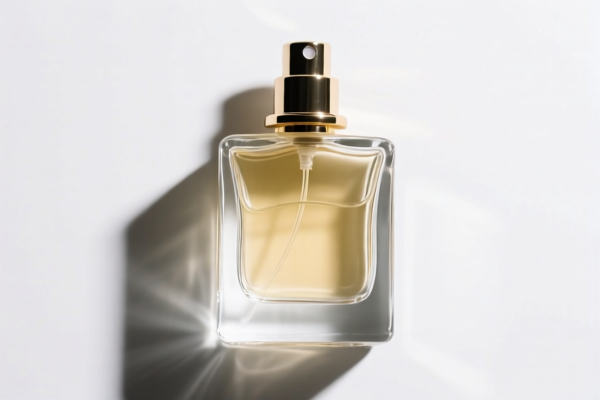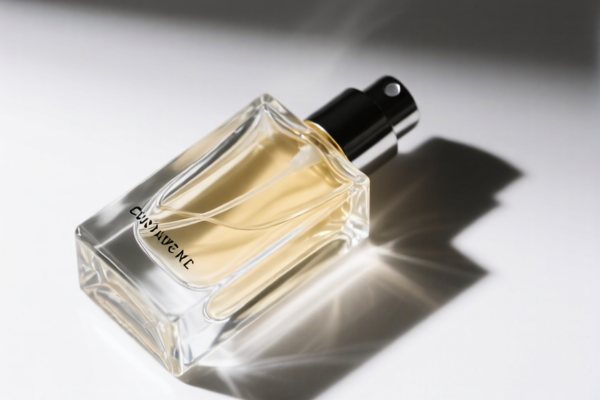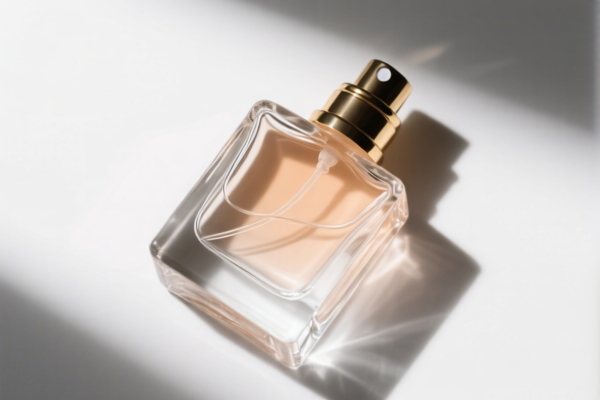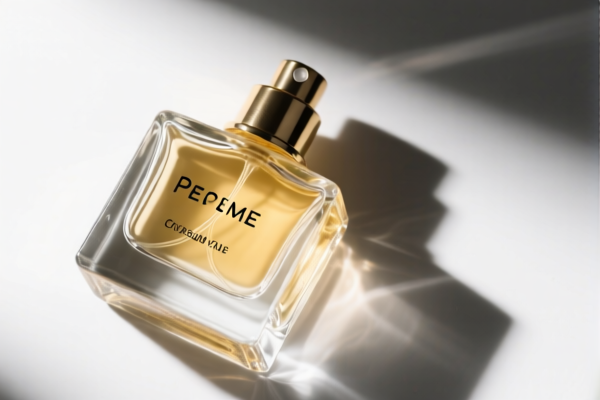| HS Code | Official Doc | Tariff Rate | Origin | Destination | Effective Date |
|---|---|---|---|---|---|
| 3923300010 | Doc | 58.0% | CN | US | 2025-05-12 |
| 3923300090 | Doc | 58.0% | CN | US | 2025-05-12 |
| 3926904000 | Doc | 32.8% | CN | US | 2025-05-12 |
| 3926909989 | Doc | 42.8% | CN | US | 2025-05-12 |
| 7010902010 | Doc | 57.5% | CN | US | 2025-05-12 |
| 7010902020 | Doc | 57.5% | CN | US | 2025-05-12 |
| 7013993000 | Doc | 46.5% | CN | US | 2025-05-12 |
| 7013370500 | Doc | 50.0% | CN | US | 2025-05-12 |
| 9616100000 | Doc | 37.5% | CN | US | 2025-05-12 |
| 9616200000 | Doc | 34.3% | CN | US | 2025-05-12 |
| 9617006000 | Doc | 37.2% | CN | US | 2025-05-12 |
| 9617001000 | Doc | 37.2% | CN | US | 2025-05-12 |




Perfume Refillable Bottle
A perfume refillable bottle is a container designed for the repeated use of perfume, allowing users to purchase bulk fragrance and decant it into smaller, portable, and often aesthetically pleasing bottles. These bottles address concerns related to sustainability, cost-effectiveness, and personalization.
Material
Refillable perfume bottles are commonly constructed from the following materials:
- Glass: The most prevalent material, offering clarity, inertness (preventing fragrance alteration), and a premium feel. Variations include clear glass, frosted glass, colored glass, and crystal.
- Metal: Often used for the atomizer/spray mechanism and sometimes for the entire bottle body (typically aluminum or stainless steel). Metal provides durability and a sophisticated look.
- Plastic: Less common for the main bottle body due to potential fragrance interaction and perceived lower quality, but frequently used for internal components like the pump or seals. High-quality, fragrance-resistant plastics like PET or PP are sometimes employed.
Purpose
- Sustainability: Reduces plastic waste associated with disposable perfume bottles.
- Cost Savings: Purchasing larger fragrance volumes is typically more economical.
- Portability: Allows users to carry their favorite scents in smaller, travel-friendly sizes.
- Personalization: Enables users to create custom fragrance blends or carry multiple scents.
- Preservation: Protects fragrance from light and air exposure, potentially extending its shelf life.
Function
The core function is to safely store and dispense perfume. Key functional elements include:
- Bottle Body: Holds the fragrance liquid.
- Atomizer/Spray Mechanism: Breaks down the liquid into a fine mist for application. Common types include:
- Spray Atomizers: The most common, delivering a wide spray pattern.
- Rollerball Atomizers: Apply fragrance via a rolling ball, offering a more direct and controlled application.
- Dauber/Stick Atomizers: Utilize a stick or applicator for applying fragrance directly to the skin.
- Seal/Closure: Prevents leakage and evaporation.
- Fill Mechanism: Allows for easy refilling. This can range from wide-mouth openings to specialized filling adapters.
Usage Scenarios
- Everyday Use: Carrying a preferred scent for reapplication throughout the day.
- Travel: Complying with airline liquid restrictions and minimizing bulk.
- Fragrance Layering: Carrying multiple scents to create custom blends.
- Home/Office: Having a convenient supply of fragrance readily available.
- Gifting: Presenting a personalized fragrance experience.
Common Types
- Travel Atomizers: Small (typically 5-10ml) bottles designed for portability. Often come in sets with various sizes.
- Luxury Refillable Bottles: High-end bottles made from glass or metal, often with intricate designs and mechanisms. Frequently offered by fragrance brands themselves.
- Standard Refillable Bottles: Bottles with a moderate capacity (10-30ml) suitable for everyday use.
- Rollerball Bottles: Feature a rolling ball applicator, ideal for targeted application.
- Stick/Dauber Bottles: Utilize a stick or applicator for applying fragrance directly to pulse points.
- Magnetic Refillable Bottles: Utilize a magnetic closure and filling system for ease of use and a secure seal.
Perfume refillable bottles are containers designed for holding and dispensing perfume, often with a mechanism allowing for repeated filling. Based on the provided information, several HS codes may be relevant depending on the material and specific characteristics of the bottle.
Here are the potentially applicable HS codes:
-
7010.90.20.10: This HS code covers carboys, bottles, flasks, jars, pots, vials, ampoules and other containers, of glass, of a kind used for the conveyance or packing of goods; preserving jars of glass; stoppers, lids and other closures, of glass. Specifically, it refers to containers (with or without their closures) of a kind used for the conveyance or packing of perfume or other toilet preparations; other containers if fitted with or designed for use with ground glass stoppers, produced by automatic machine, with a capacity exceeding 1 liter.
- 70: Glass and glassware.
- 10: Carboys, bottles, flasks and other containers; preserving jars of glass.
- 90: Other.
- 20: Containers (with or without their closures) of a kind used for the conveyance or packing of perfume or other toilet preparations; other containers if fitted with or designed for use with ground glass stoppers.
- 10: Produced by automatic machine, of a capacity exceeding 1 liter.
-
7010.90.20.20: This HS code is similar to the previous one, but applies to containers (with or without their closures) of a kind used for the conveyance or packing of perfume or other toilet preparations; other containers if fitted with or designed for use with ground glass stoppers, produced by automatic machine, with a capacity exceeding 0.33 liter but not exceeding 1 liter.
- 70: Glass and glassware.
- 10: Carboys, bottles, flasks and other containers; preserving jars of glass.
- 90: Other.
- 20: Containers (with or without their closures) of a kind used for the conveyance or packing of perfume or other toilet preparations; other containers if fitted with or designed for use with ground glass stoppers.
- 20: Produced by automatic machine, of a capacity exceeding 0.33 liter but not exceeding 1 liter.
-
3923.30.00.10: This HS code covers articles for the conveyance or packing of goods, of plastics; stoppers, lids, caps and other closures, of plastics: Carboys, bottles, flasks and similar articles of a capacity not exceeding 50 ml.
- 39: Plastics and articles thereof.
- 23: Articles for the conveyance or packing of goods, of plastics.
- 30: Stoppers, lids, caps and other closures, of plastics.
- 00: Carboys, bottles, flasks and similar articles.
- 10: Of a capacity not exceeding 50 ml.
-
3923.30.00.90: This HS code is similar to the previous one, but applies to Carboys, bottles, flasks and similar articles other than those with a capacity not exceeding 50 ml.
- 39: Plastics and articles thereof.
- 23: Articles for the conveyance or packing of goods, of plastics.
- 30: Stoppers, lids, caps and other closures, of plastics.
- 00: Carboys, bottles, flasks and similar articles.
- 90: Other.
-
7013.99.30.00: This HS code covers glassware of a kind used for table, kitchen, toilet, office, indoor decoration or similar purposes (other than that of heading 7010 or 7018): Other glassware: Other: Smokers' articles; perfume bottles fitted with ground glass stoppers.
- 70: Glass and glassware.
- 13: Glassware of a kind used for table, kitchen, toilet, office, indoor decoration or similar purposes.
- 99: Other glassware.
- 30: Other.
- 00: Smokers' articles; perfume bottles fitted with ground glass stoppers.
Regarding HS code 7010.90.20.10 and 7010.90.20.20, the capacity of the bottle is a key factor in determining the correct classification. If the bottle is made of glass and produced by automatic machine, its capacity exceeding 1 liter or between 0.33 and 1 liter will dictate which code applies. If the bottle is made of plastic, HS code 3923.30.00.10 or 3923.30.00.90 should be considered, depending on its capacity.
Customer Reviews
No reviews yet.